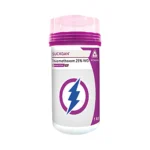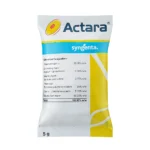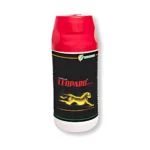Acid Lime Diseases
Tristeza Virus

Symptoms
Symptoms on Leaves:
- Leaf Curling and Chlorosis: Leaves may curl, become yellowed (chlorotic), and exhibit interveinal chlorosis (yellowing between the veins).
- Leaf Drop: Infected trees may show premature leaf drop, reducing canopy density.
Symptoms on Fruit:
- Fruit Drop: The fruit may drop prematurely or exhibit reduced size and quality.
- Fruit Deformities: Fruits can become misshapen or develop poor coloration.
Symptoms on Trees:
- Stunting: Trees may exhibit stunted growth, reduced vigor, and poor overall development.
- Dieback: Severe infections can lead to twig and branch dieback, which can eventually kill the tree.
Other Symptoms:
- Citrus Greening-Like Symptoms: In some cases, symptoms can resemble those of citrus greening (HLB), making diagnosis challenging without laboratory testing.
Management
- Use Certified Disease-Free Plant Material: Ensure that all planting material comes from certified sources free of CTV.
- Remove Infected Trees: Remove and destroy severely infected trees to reduce the source of the virus.
- Control Aphids: Implement aphid control measures to reduce the spread of CTV. This can include the use of insecticides, natural predators (such as ladybugs and lacewings), and cultural practices to minimize aphid populations.
- Natural Enemies: Encourage or introduce natural predators of aphids, such as lady beetles, lacewings, and aphid parasitoids. These beneficial insects can help keep aphid populations in check.
- Timing of Application: Apply insecticides during periods of high aphid activity, typically in spring and summer.
|
Fungicide |
Dosage |
|---|---|
|
0.5 ml/ltr |
|
|
1 gm/lit |
|
|
1-2 ml/lit |
₹250
Select options
This product has multiple variants. The options may be chosen on the product page
₹225
Select options
This product has multiple variants. The options may be chosen on the product page
₹249
Select options
This product has multiple variants. The options may be chosen on the product page
₹899
Select options
This product has multiple variants. The options may be chosen on the product page




